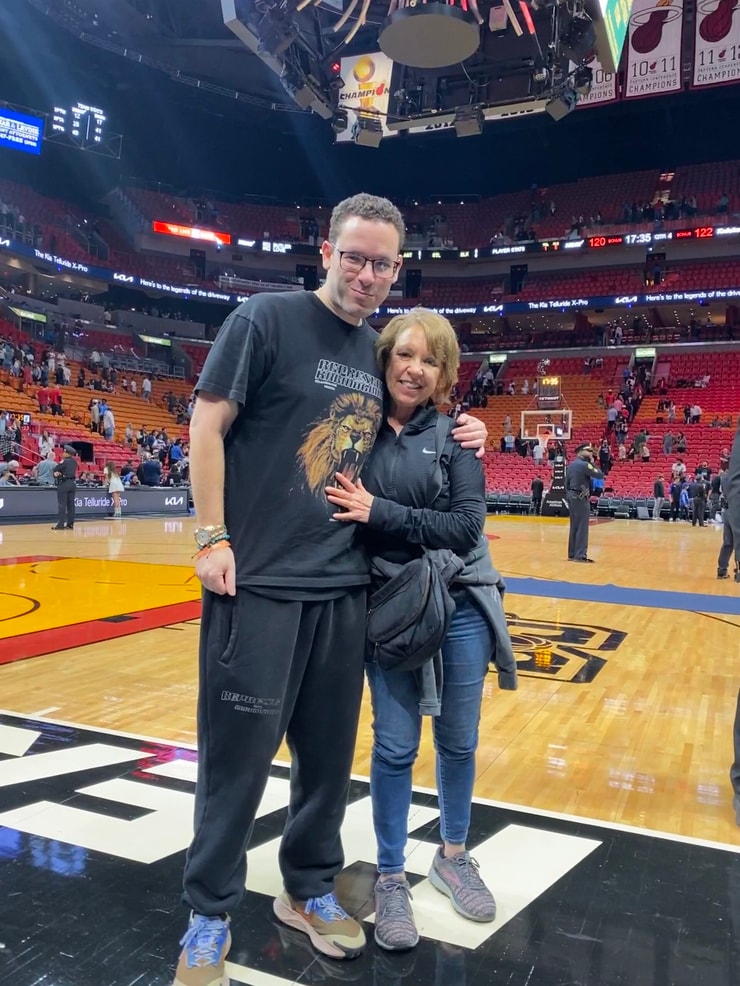Very few things pain me more than hearing about traders who put in the work and study but fail to get the results.
I’m talking about those traders who know the patterns, have a deep understanding of catalysts, and can spot a good setup when they see it…
But for some reason or another, they end up taking bad trades.
It’s almost like they are purposely self-sabotaging themselves.
Most traders focus on several, if not dozens, of potential plays.
And to make matters worse, they are usually low-probability setups.
Trade enough of them, and you’ll soon be part of the 90% club—the majority of traders who lose money.
But if you’re reading this, I want to help you get out of your own way.
That’s why I’m going to share with you three powerful strategies for avoiding impulsive trading.
Strategy #1: Identify Your A+ Setups

2025 Millionaire Media, LLCThere are several strategies I like to trade. Two of my favorites are Supernovas and The Weekend Trade.
I don’t feel like I trade these well…I KNOW.
You see, every trade I place is recorded in a journal, which you can see for yourself.
Besides recording all my trades, I also review them.
I am trying to figure out if my thesis is correct or not. I’m also looking at my execution and trying to determine if I was early or late and if I should have held longer or shorter.
After that, I will ask myself if this is one of my A+ setups.
I consider myself a very disciplined trader. However, that doesn’t mean I’m perfect. Occasionally, I will take bad setups or rush into a trade.
But reviewing my trades lets me see what I’m doing right and wrong and what’s working and what isn’t.
Have you ever talked to someone with a hangover?
They usually say something like I’m never drinking again.
Well, reviewing bad trades can have a similar effect.
That’s why you shouldn’t sweep them under the rug.
You want to pay attention to your winners too. You want to continue doing what’s working. And by doing that, you’ll identify your best setups.
If your goal is to make money, doesn’t it make sense only to trade your best setups?
Are you less likely to make bad decisions if you clearly know your best setups?
Of course.
And that’s exactly how I teach my students to think.
Strategy #2: Stick To Your Trading Plan

2025 Millionaire Media, LLCYou can have a good thesis and a solid strategy, but you can still lose money on the trade if the execution is poor.
Just because I put a stock on my watchlist… it doesn’t mean I will be trading it.
I have to get the entry I want.
Lately, I’ve had my most success by trading stocks with strong weekly and daily charts. And buying them on panic sell-offs. I call this the panic dip buy, and when I nail it, it’s usually good for a quick 10-20% profit.
I’ve also noticed that the results aren’t nearly as good if I’m impatient.
Go back to your winning trades after you’ve found your best setup, then try to see how you play it.
If you’re a momentum trader, are you better at dip buys in the morning, or do you have more success playing the stock later in the afternoon?
What works for me might not work for you.
And that’s exactly what I tell my students.
More Breaking News
- QS Stock Triumphs: Time to Jump In?
- Recursion Surge: Is Now the Perfect Time to Consider?
- IREN’s Stock Surge: What Lies Ahead?
- NDRA Stock Price Jumps: What’s Next?
Strategy #3: Act like A Retired Trader
I have a life outside of trading.

2025 Millionaire Media, LLCAnd I feel it’s important you do too.
Whether that’s spending time with your family and friends or a hobby you love…it’s good to get away from your computer screen.
My passion is charity. It doesn’t have to be yours, but don’t be one of those people who just want to eat, sleep, and breathe the stock market.
I tell my students to act like they’re retired traders.
What do I mean by that?
Pretend you’re out of the game…and the only way you get sucked back in is if you see a setup so incredible it will make you feel bad for not being involved.
You see, so many traders are in front of their computer screens all-day just pounding away at their keyboards, jumping from one trade to the next.
But the truth is, there are only a handful of good trade setups per day.
Sometimes, there are none.
You probably want to make money immediately if you’re a newbie trader. And I get that. But only good trades make money. You don’t get paid for putting trades on.
That’s why I encourage you to think like a retired trader.
Only come out of retirement if you see a setup so juicy…you’d kick yourself for missing it.
Want to learn more about how I can help? Check this out!









Leave a reply